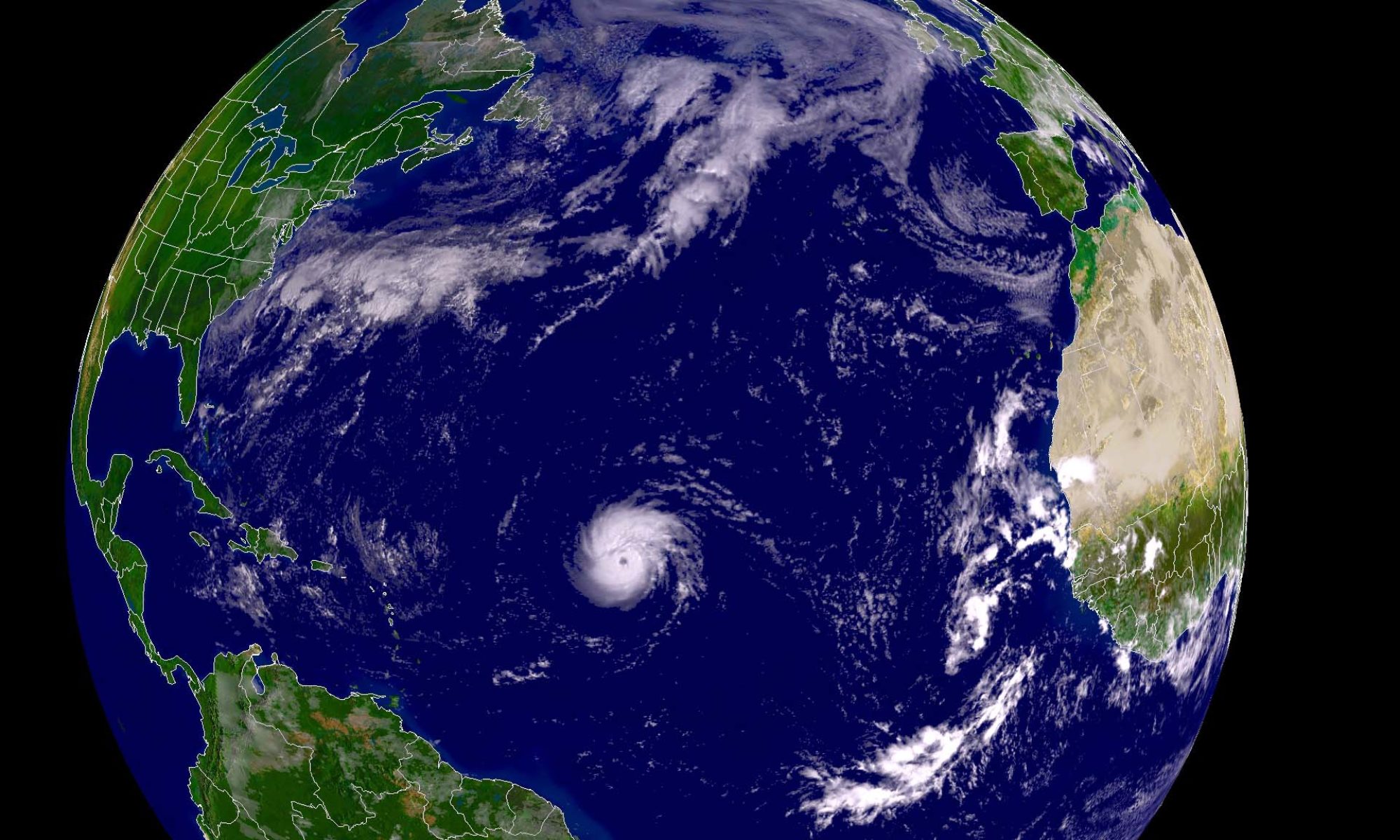
Welcome to Unhappy Earth Overshoot Day! Today is a milestone, and an unfortunate one at that. Today, September 23, we have already used up our natural resources for the year, in order to live within the biocapacity of the planet. The New Economics Foundation, nef, has calculated our ecological footprint on the Earth and where our sustainable use of natural resources would lie relevant to our year calendar. 1987 was the first year we were to consume our resources before the end of the year, and we have been encroaching quickly further into the year as time passes.
Although Wall Street is in shambles (or doesn’t even exist!) and soon the U.S. government and public will be after bailing them out, this is just a smaller piece of a larger system, which clearly is in dire need of a patch. Our system of investments, hyperconsumption, and flexible labor are coming to an end, whether we like it or not. The system doesn’t work any more on its own, and that will just be emphasized more as China and India grow and continue to exploit the very system the US prided its own growth on. There are Limits to Growth, as has been known at least in academic circles for 35 years, and we are pushing those limits right now. Each year that we ignore our ecological debt to the planet is another year we will have to pay it back, and sooner rather than later.
So does the system really need a patch? Or do we need a new system? What can we do to live within our planet so that the future can also? This idea of ecological debt goes beyond environmental sustainability and ties deeply into cultural and spiritual issues. Different cultures have different frameworks for life, such as the Andean cosmology of living in balance with the Earth. Most importantly, each culture presents us with a (possibly) distinct metaphor for viewing ourselves, and that is what we are in need of. The world’s planners and architects can throw their patches into the rising seas, we need a new paradigm.
